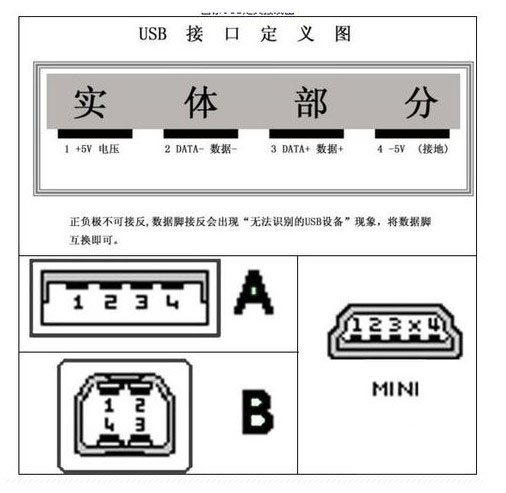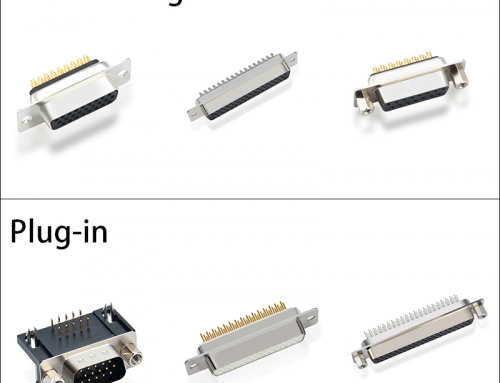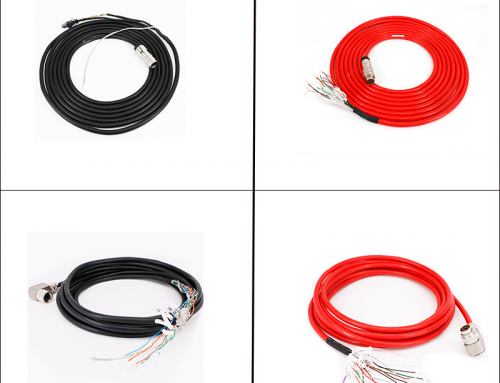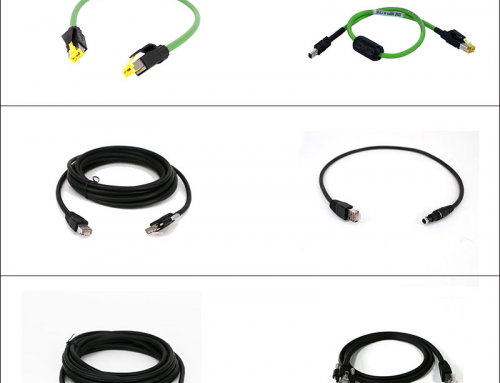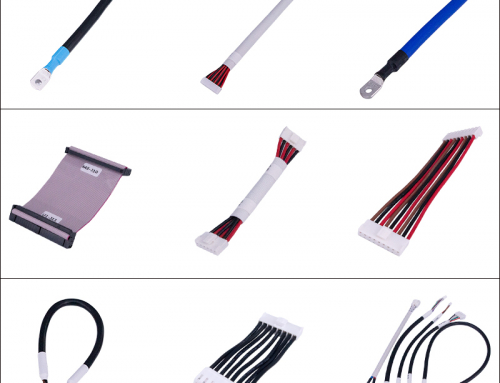RS232 is the asynchronous transmission standard interface
One of the communication interfaces on a personal computer, the asynchronous transmission standard interface developed by the Electronic Industries Association (EIA). Usually the RS-232 interface to 9 pins (DB-9) or 25 pins (DB-25) type appears, the general personal computer will have two sets of RS-232 interface, known as COM1 and COM2 The Here mainly introduced 9-pin serial port
There are two ways of communication: serial communication and parallel communication. Parallel communication methods such as: PLC module backplane bus, industrial computer running dog. RS232 and RS485 are based on serial communication. Industrial control of the RS-232 port generally only use RXD, TXD, GND three lines. RS-232 “send” and “receive”, are standing on the data terminal equipment DTE (Data Terminal Equipment) position, rather than standing in the data communications equipment DCE (Data Communicate Equipment) position to define. In the computer system, often between the CPU and I / O devices to send information, both DTE, so both sides can send and receive.
Electrical characteristics:
EIA (American Electronics Industry Association) RS-232 on the electrical characteristics, logic levels and a variety of signal lines are provided for the function.
On TxD and RxD:
Logic 1 (MARK) = – 3V ~ -15V
Logic 0 (SPACE) = + 3 to + 15V
On control lines such as RTS, CTS, DSR, DTR and DCD:
Signal active (ON, ON state, positive voltage) = + 3V ~ + 15V
Invalid signal (disconnected, OFF state, negative voltage) = – 3V ~ -15V

Disadvantages:
The interface signal level is high, easy to damage the interface circuit chip, and because the TTL level is not compatible with the use of level conversion circuit can only be connected with the TTL circuit.
The transmission rate is low, in the asynchronous transmission, the baud rate is 20Kbps; so in the CPLD development board, the integrated program baud rate can only use 19200, is the reason.
The interface uses a signal line and a signal return line to form a common transmission form, which is prone to common mode interference, so the anti-noise interference is weak.
Transmission distance is limited, the maximum transmission distance standard value of 50 feet, in fact, can only be used in about 15 meters.
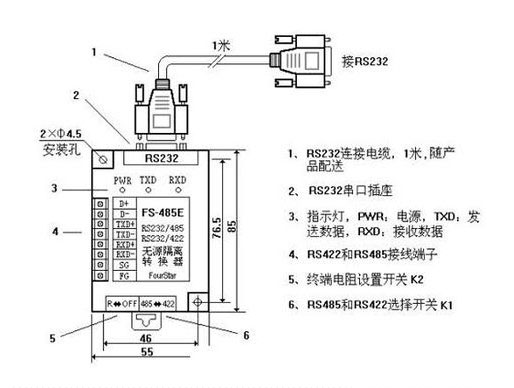
RS232 and USB features and comparison:
RS-232 and USB are serial communication, but the two are completely different.
RS-232 point-to-point connection, a serial port can only connect a peripheral.
USB is a multi-point, high-speed connection, the use of hubs can achieve more connections.
The basic part of the USB interface is the serial interface engine SIE, SIE from the USB transceiver to receive data bits, converted to valid bytes sent to the SIE interface; the other hand, SIE interface can also be converted into a serial bit to the bus to the bus. As the maximum speed of PC serial port is only 115.2kbps, will form a speed bottleneck. The RS-232 system consists of two serial signal paths in opposite directions, which are used to transfer commands and data, and the command status must be intertwined with the data; and USB supports separate commands and data channels and allows independent status reporting.
USB is a convenient, flexible, simple, high-speed bus structure, compared with the traditional RS-232 interface, mainly has the following characteristics:
(1) USB uses a single form of connector and connection cable to achieve a single data common interface. USB unified 4-pin plug.
(2) USB is an easy-to-expand tree structure that can connect up to 127 peripherals by using the USB Hub extension.
(3) USB peripherals can be automatically set to support plug and play and hot swap.
(4) flexible power supply. USB cable has the function of transmitting power, support energy saving mode, low power consumption. USB bus can provide voltage +5 V, the maximum current of 500mA power supply,For low-power equipment for power use, no additional power supply.
(5) USB can support four transmission modes: control transmission, synchronous transmission, interrupt transmission, batch transmission, can be applied to many types of peripherals.
(6) communication speed. USB supports three bus speeds, low speed 1.5Mbps, full speed 12Mbps and high speed 480Mbps
(7) reliability of data transmission. USB uses differential transmission mode, and has error detection and error correction function, to ensure the correct transmission of data.
